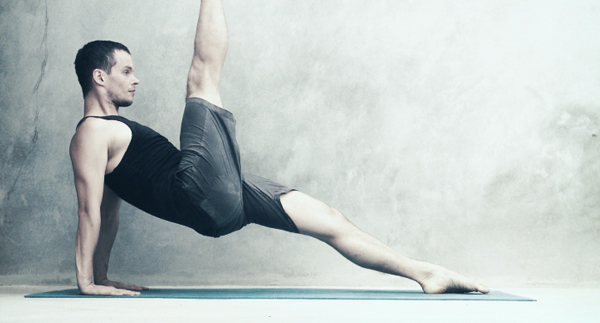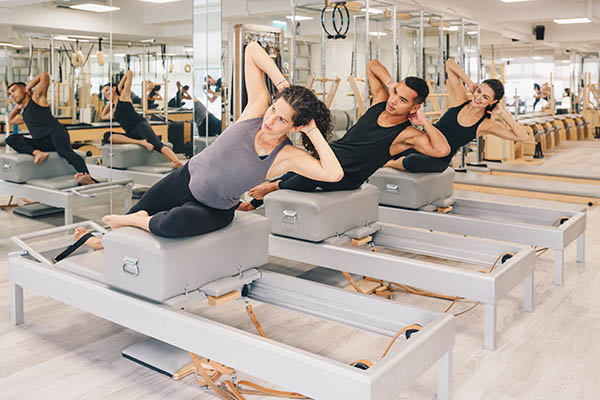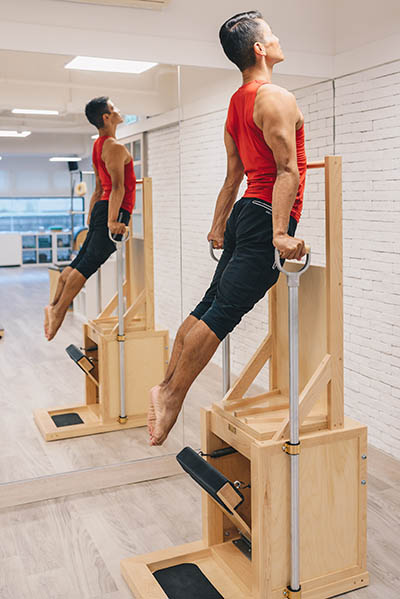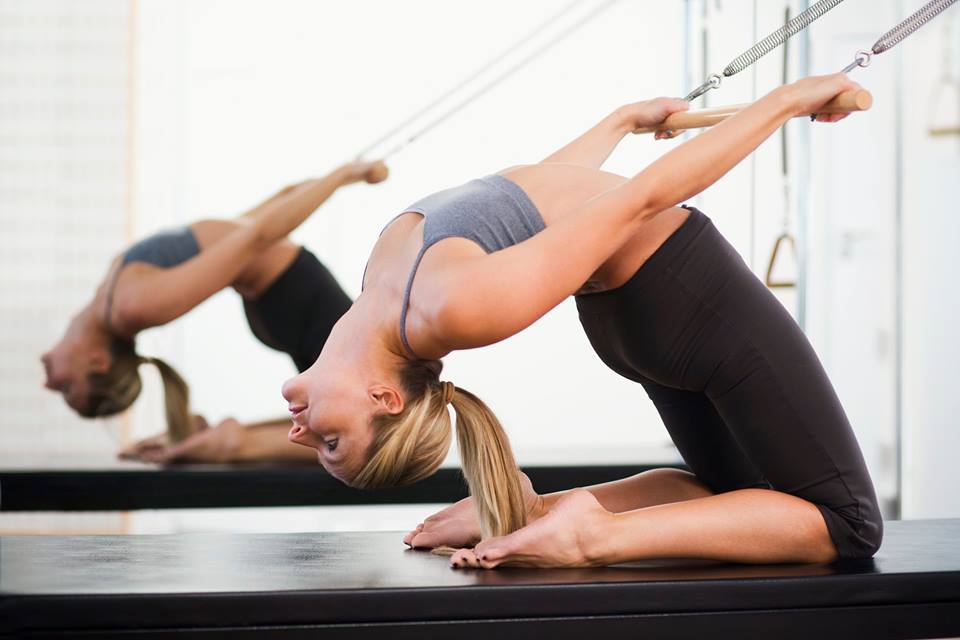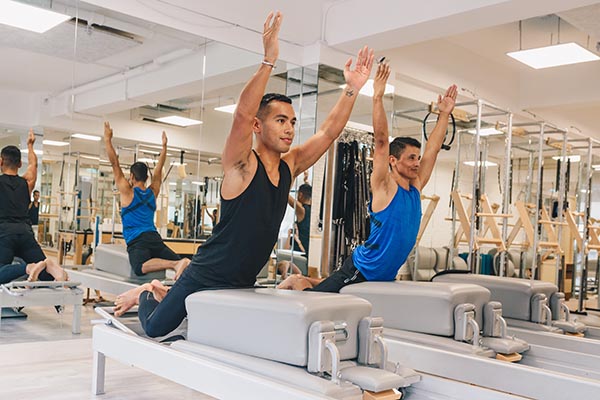
01 Dec 6 Guiding Principles of Pilates
Let’s go back to the beginning: Joseph Pilates’ philosophy – the guiding principle of Contrology, what we now refer to as the Pilates method
Pilates, more than other exercise programs, requires a high level of mental focus. It’s essential to understand the concepts behind the system, otherwise it may not stand out beyond a series of fancy sit-ups and stretches. Oh, and the ability to maneuver around machines. (Also read: Pilates Equipment vs. Gym Equipment)
When you do Pilates exercises with these six key principles in mind, you gain way more levels of meaning and effectiveness. The following concepts give you an idea of what to think about when doing the exercises:
Control
Inner control allows one outer freedom without fear of injury
Joseph Pilates originally called his method Contrology – it wasn’t until his students took over teaching and disseminating the work, that people referred to the method as Pilates. Therefore, the most fundamental rule when doing Pilates is to control your body’s every movement. This applies not only to the exercises themselves but also the transitions between them.
During mat exercises, control enters the picture with the start and end of each movement. When you apply the brakes in a controlled manner, you train the muscles to hold in a lengthened state.
Long and strong muscles – isn’t that what we all want? (No offense to the bodybuilders out there! Read Nick Haslam’s related story here.) When training clients, Pilates instructors ideally encourage smooth and even movements, getting the muscles to cooperate synergistically, not in isolation.
When focusing on controlling a movement, the body is forced to recruit helper muscles called synergists, which are usually smaller than the main muscles. When many muscles work together to do one movement, the body as a whole develops improved balance and coordination. Also, the big muscles won’t get too big and bulky because they don’t have to do all the work by themselves – turning you into a long and lean machine!
Concentration
Also called ‘Focus’ or ‘Precision’
Concentration comes back to being fully present when working out and being specific about what muscles you use and don’t use. (Also read this Introduction to Mindfulness by our in-house psychotherapist and Pilates guru Brenton Surgenor).
What’s the difference between concentration and control? It’s a mental focus on each movement and action in order to identify the exact areas in our bodies that need activation. This is especially important these days, with so many distractions in life, making it difficult to focus.
The objective is mental clarity in the same way as people who do Tai Chi or Yoga focus on their breathing, balance, posture and exact movement or direction. In these movements, there is no time to waste in having thoughts elsewhere. This ideally translates into being practiced in every part of your life: doing things mindfully and with purpose.
Centering
Never forget to pull that belly in!
If your Pilates instructor has ever asked you to “pull the navel to the spine”, he or she is referring to centering! This is the ultimate Pilates cue in which you bring your deep abdominal muscles into action. All Pilates exercises are done with the deep abdominals engaged to ensure proper centering. All Pilates exercises focus on developing abdominal strength by moving from the center or “core” of the body, rather than the extremities. “Move from the Powerhouse” is often a cue heard in Pilates class.
Precision
The little things count!
When initiating any movement, you must know exactly where that movement starts and where it will end, relating to spatial awareness. All Pilates exercises have exact definitions of where the body should be at all times. The whole body must be in agreement when moving the Pilates way.
Precision combats those bad exercise habits that contribute to injury or pain. Pilates trainers are there to correct those mistakes like tightening your shoulders or over-arching your back. Remember, the goal of Pilates is to focus on the specific muscles that should be working, and switching off those that may want to help out but shouldn’t.
If you suffer from pain because of bad postural habits, a few good sessions of Pilates should already affect positive change in the body. This can only happen when you increase the precision in your movements!
Breath
Did you know that most people breathe at half of their lung capacity?
Do you hold your breath when performing a new and difficult task? Ditto! When you hold your breath, you actually tense muscles, exacerbating improper posture and reinforcing tension habits. Consistent breathing is essential to flowing movement and proper muscle balance – every Pilates exercise has a specific breathing pattern assigned to it.
Shallow breathing is an unfortunate side effect of a sedentary and stressful life. Deep inhalation and full exhalation exercise the lungs and increase lung capacity, bringing deep relaxation. Focused breath also helps maximize the body’s ability to stretch and gain optimal body control through a release of tension.
It sounds easier than it looks: breathing while moving is not always easy! But when you do it, beautiful things can happen.
Flow
Pilates is like a dance, in that the flow of the body is essential
Many injuries occur when there is a sudden jolt or over-extending movement within our bodies. If we can train ourselves to be more aware of our range of movement, chances of injury are greatly reduced. Pilates’ goal is to make our movements seamless and smooth, as if our bodies were strong elastics.
With flowing, non-stop movements, courtesy of built-in transitions, Pilates can be a sweat sesh and serious cardio workout.
– Heather Thomas Shalabi, Founder of Flex Studio HK
The essence of Pilates movements is to allow one’s body to move freely, and (at the end of each movement) finish with control and precision. This inspires flexibility to the joints and muscles even while teaching the body to elongate and move with even rhythm. (Also read: Q&A: Heather Thomas Shalabi on Intelligent Movement)

